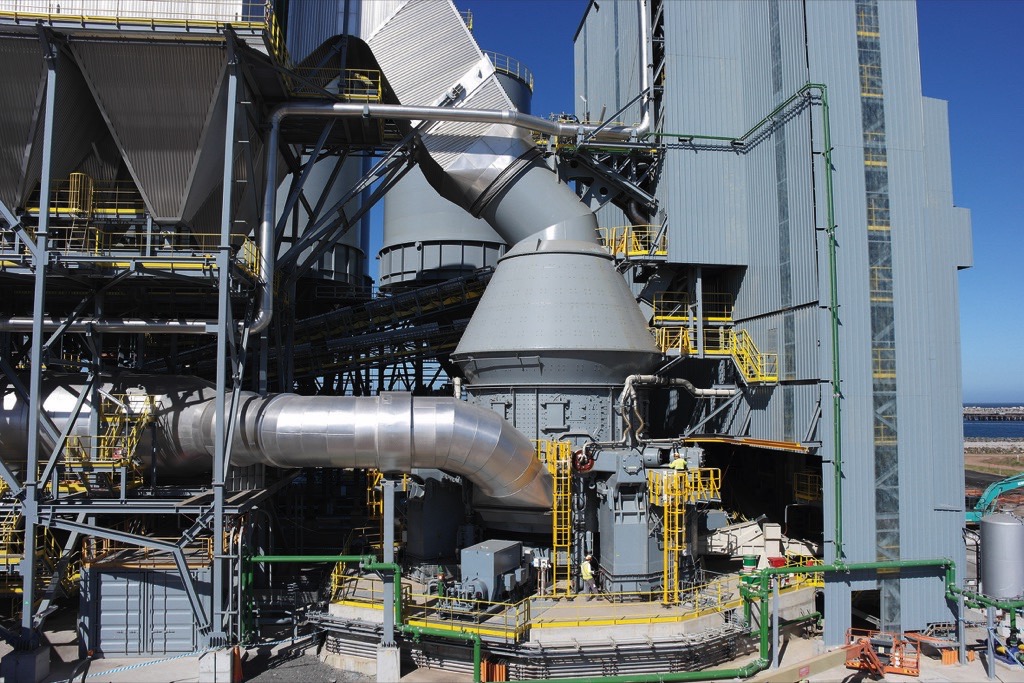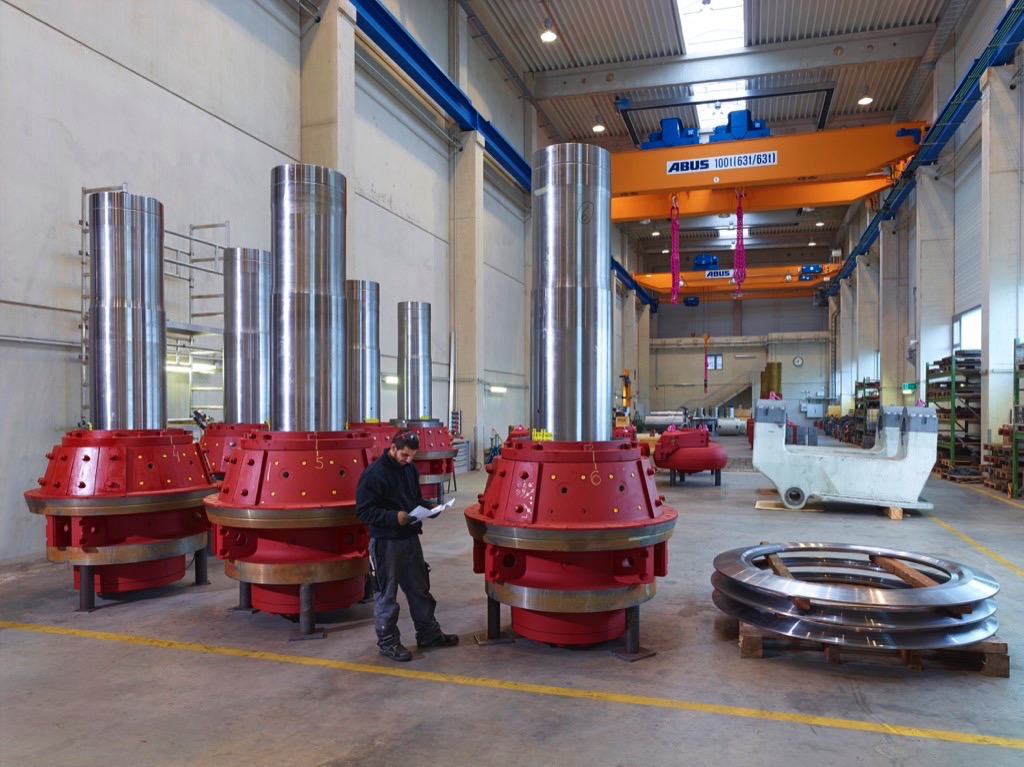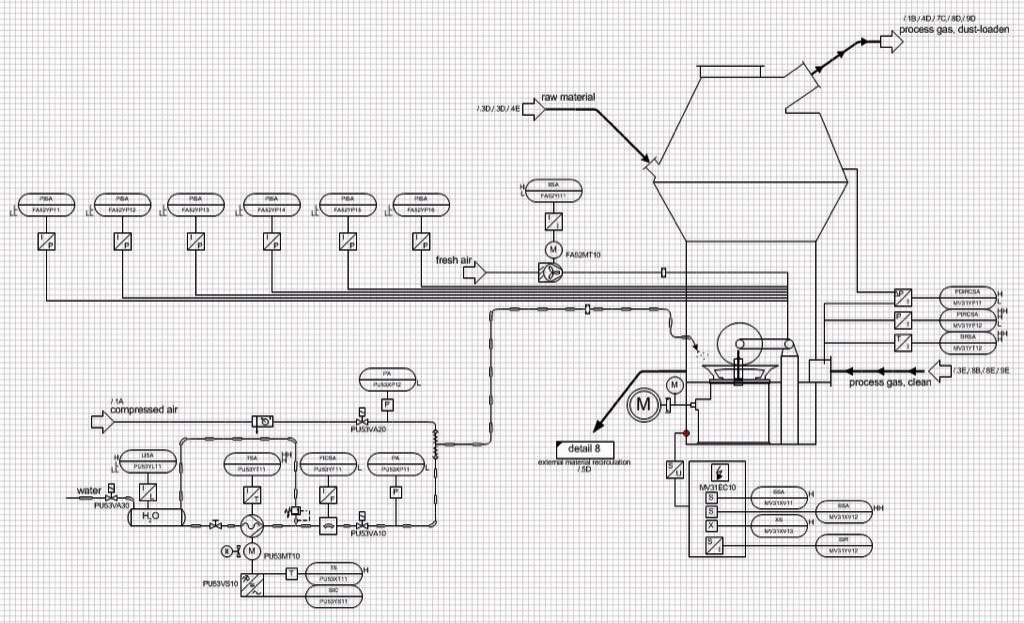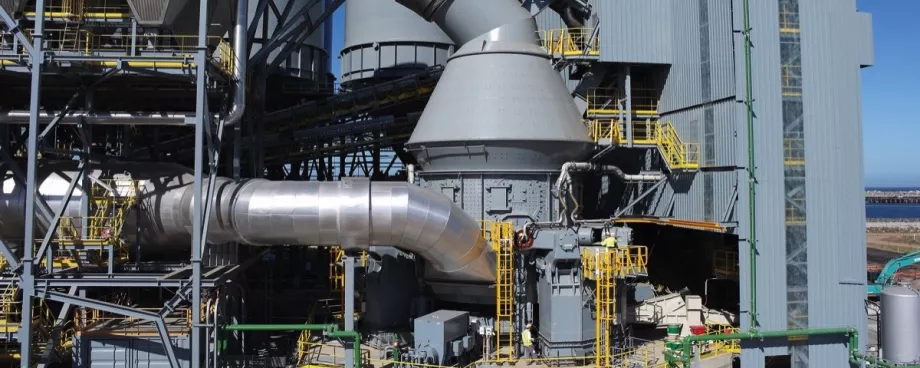(From the archive of ”bulk solids handling", article published in Vol. 35 (2015) No. 3 , ©2015 bulk-online.com)Plant availability and optimized maintenance concepts are paramount today, as well as highly efficient, safe and transparent engineering for construction and operation. As one of the leading companies in the comminution sector, Gebrüder Pfeiffer SE, thus decided to optimise its engineering processes.The family-run business has more than 150 years experience in plant engineering. It develops modern processing technology for the raw materials industry, mainly in the cement, lime, gypsum and ceramic sector. The mills, dryers, classifiers, lime slakers or gypsum kettles from Gebrüder Pfeiffer are used all over the world. The company headquarters with its workforce of more than 450 employees is located in Kaiserslautern. Subsidiaries are located in USA and India, offices in China and the United Arab Emirates as well as an extensive network of representatives.

Gebrüder Pfeiffer mills have repeatedly achieved such superlatives as the “largest mill in the world”, “largest production output”, or “largest installed capacity”. The world’s second largest cement mill with a capacity of up to 340 tons of OPC (Ordinary Portland Cement) per hour. is currently being constructed for North Africa. The many international orders, especially from countries with a construction boom such as India or China, require highly transparent change management and clear communication with the customer. Amongst others, these were important reasons for the milling experts to look for a new system to optimise engineering.
Consistency required
“Our customer Holcim drew our attention to software provider Aucotec. Holcim uses their Engineering Base (EB) system not only in plant operation, but also for the tendering stage and bases the further development of the plant on the data that was already processed”, says Wolfgang Fuhr, Head of Organisation and Data Processing at Gebrüder Pfeiffer. Aucotec is an independent system developer based in Hanover. The medium-sized company is celebrating its 30th anniversary this year.

The fact that Holcim, as one of the world’s largest cement manufacturers, insists on its suppliers creating their documentation with EB was not the main reason why Aucotec actually opted for the company-wide introduction of the software platform. On the one hand, the company’s decision-makers looked at the references of other plant engineers while, on the other hand, it was clear that certain standards which they, as a manufacturer with high vertical range of manufacture, set for their own products can be implemented best with a system that provides particular consistency.“Our ability to innovate also depends on the quality and speed at which the development and design team works”, says Fuhr. “Thus we needed a consistent engineering system to create P&IDs and flow diagrams for plant design. The previous operation method with simple CAD designing and separate lists in XLS was extremely time-consuming and prone to errors, especially when changes were made.
Less Effort, less Errors
The widely used Microsoft Visio program is integrated into the database-driven system in order to support graphic editing, and involves the familiar, intuitive work methods of the Office world. In addition, EB’s database is based on the well-known SQL Server. It ensures that all entries, regardless of whether they were created in Explorer, a graphic or a list, also appear immediately in the other views. This is because the database contains the central model, while graphics or worksheets are only different representations of this model, eliminating multiple entries as well as the related coordination efforts and errors.Also reducing the efforts and errors: the libraries which the engineering platform provides. In addition to already predefined standard symbols, the company’s own shapes can also be included. The better these libraries are filled, the higher the degree of standardisation that is ensured. These predefined components have then only to be inserted into the project via drag & drop. “This greatly supports our usual modular assembly of plants”, explains the main organiser Fuhr.
New Level of Communication
The Department Head praises the integrated, transparent change management in particular. On the one hand, it also benefits from standardisation while, on the other hand, it was also possible to simplify and accelerate it by introducing a new asset code. By asset code, we mean a new structure definition, thus in-house rules for equipment labels. “Change management in EB elevates communication with our customers to another level”, says Wolfgang Fuhr. This is because the convenient graphic selection of changes in diagrams creates an unprecedented overview and also contributes to faster processing.
Future Industry Standard?
The IT specialists at Gebrüder Pfeiffer have even more plans for EB for the future. “We would also like to use the system for tender preparation”, says Fuhr. At the press of a button, the firm inviting the bids generates a tender project in EB from the flow diagram, which tenderers can read into their own EB database, where they populate the data model with their offers. Datasheets and flow diagrams are linked together. At the end of the tendering process, EB’s Tendering Manager compares every single attribute of the recorded object data. Within a few minutes, it displays the differences that would otherwise take weeks of work in sifting, sorting and assessment, all without switching between formats and tools, and without paper or Excel lists.

An ERP interface would be another optimization sought by the top data processor, the new system would be compatible with it. Moreover, Fuhr thinks EB will become the industry standard in cement plant construction. “It would be desirable if it materialised.” His conclusion: “Our engineering has already won anyway, our colleagues have readily accepted the system and really appreciate how it facilitates their work.”
| About the Author | |
| Dirk ErdnerSales ManagerAucotec AG, Germany |
■







